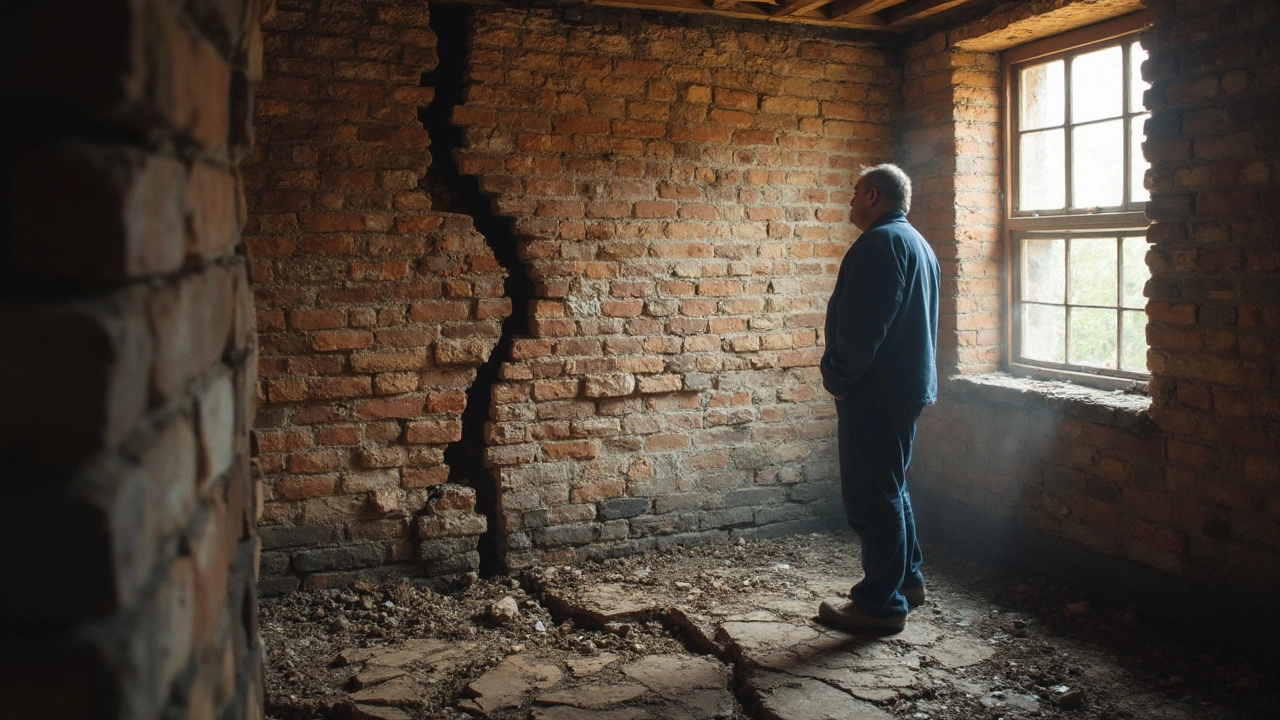Bad Foundation Cracks – What They Mean and How to Fix Them
If you spot a crack spreading across a wall, floor or doorway, you probably wonder if it’s just a cosmetic issue or something serious. Bad foundation cracks are a clear sign that the structure underneath is under stress. Ignoring them can lead to bigger problems, higher repair costs, and even safety hazards.
Why Cracks Appear
Most cracks start because the soil beneath the house moves. When the ground expands with water or shrinks after a dry spell, it pushes or pulls on the foundation. This movement creates stress points that show up as cracks on interior walls, ceilings, or outside brickwork.
Other common culprits include:
- Improper construction: Poorly poured concrete, missing reinforcement bars, or uneven footings can weaken the foundation from day one.
- Tree roots: Large roots grow into the soil around the slab and can lift or split it over time.
- Foundation settlement: As a house ages, the weight of the building can cause the foundation to settle unevenly, especially if the soil is soft or loosely compacted.
Not all cracks are created equal. A hairline crack that stays still is usually harmless, but a crack that widens, shows water seepage, or runs vertically through a wall deserves immediate attention.
Fixing Bad Cracks
The first step is to assess the severity. A professional structural survey can tell you whether the crack is a symptom of a larger issue. If it’s a minor crack, you might get away with a simple epoxy injection or a flexible sealant that moves with the foundation.
For more serious cases, the repair method depends on the cause:
- Underpinning: Adding concrete piers or steel push piers pushes the foundation back to a stable level. This is common when soil shrinkage has caused the house to settle.
- Grouting and slabjacking: Holes are drilled into the slab, and a pressure‑filled grout lifts the concrete back into place. It’s a quick fix for settled slabs.
- Wall anchors: When walls bow outward, steel anchors can be installed to pull them back and keep them stable.
While DIY kits are tempting, bad foundation cracks usually need professional tools and expertise. Cutting corners can make the problem worse and cost you more later.
After the repair, keep an eye on moisture levels. Proper drainage, gutter maintenance, and a well‑ventilated basement help stop the soil from shifting again. Simple steps like extending downspouts away from the house or installing a French drain can make a big difference.
In short, don’t treat a bad foundation crack like a hairline scar. It’s a warning sign that the house’s footing is compromised. Get it checked, choose the right repair method, and protect your home’s stability for years to come.
What Does a Bad Foundation Crack Look Like? Spot the Real Warning Signs
- Gavin Whitaker
- |
- |
- 0
Ever wondered if that crack in your basement wall means big trouble? This article covers what truly dangerous foundation cracks look like, how to tell them apart from harmless ones, and what steps to take next. We’ll break down common crack patterns, the red flags that spell structural risk, and simple tests you can do yourself. By the end, you’ll know what to watch for and when to call in a pro. Don't let a small crack turn into a money pit.
View more